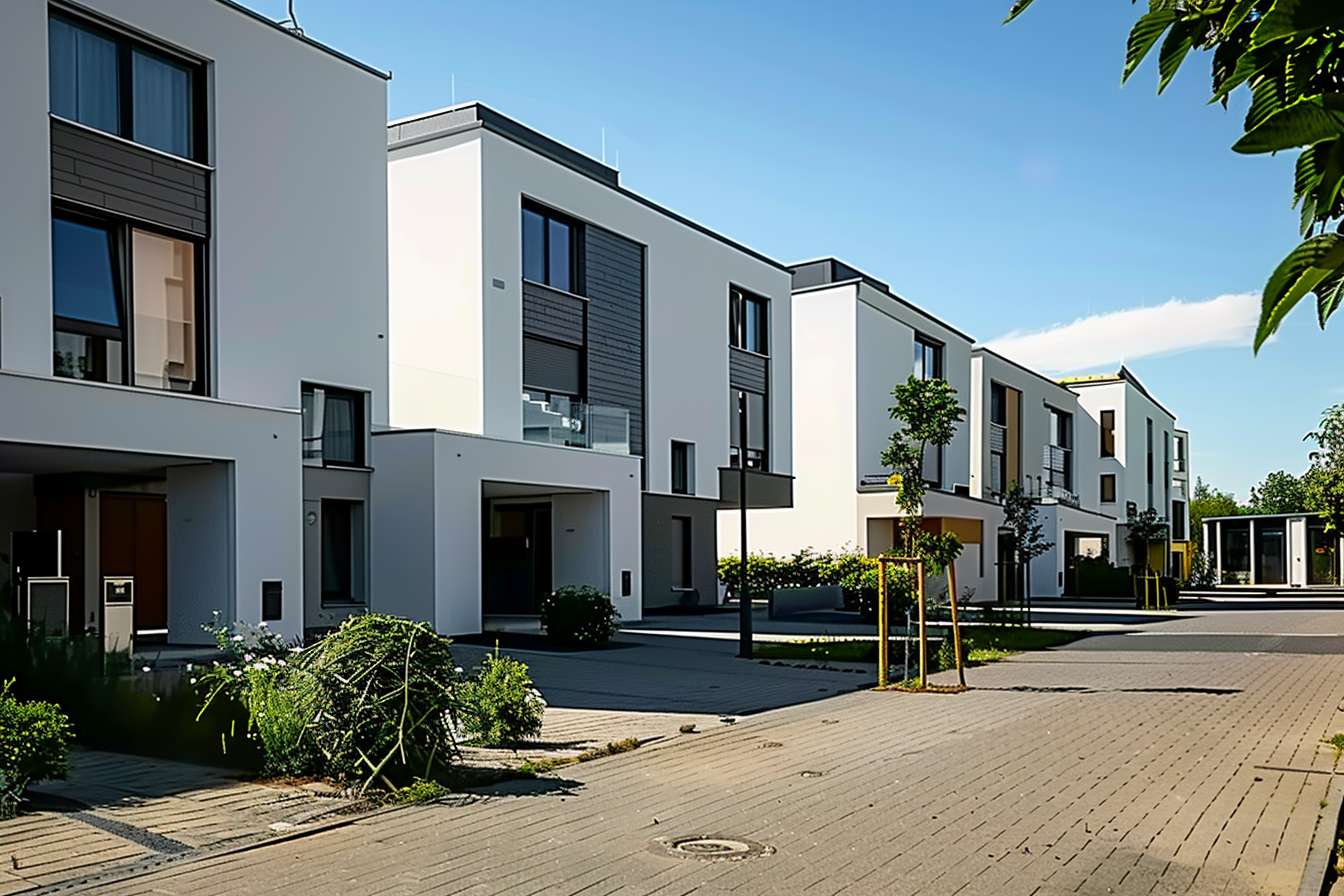Decoding the Appeal of Mixed-Use Real Estate Investments
In the dynamic landscape of real estate, mixed-use properties have become a hotbed of investment opportunities. These multi-purpose spaces marry residential, commercial, and sometimes industrial uses, creating a unique ecosystem that offers a cornucopia of benefits to investors, residents, and cities alike. This article delves into the captivating world of mixed-use real estate, examining its rise to prominence, the current trends shaping its future, and the potential impact on the broader market.

Tracing the Rise of Mixed-Use Real Estate
Mixed-use properties are not a new concept. In fact, they hark back to the very origins of urban development when residential and commercial spaces coexisted harmoniously. However, the advent of zoning laws in the 20th century created a clear demarcation between residential, commercial, and industrial zones, leading to a decline in mixed-use properties. But as cities started grappling with the challenges of urban sprawl and disconnected communities, mixed-use properties have seen a revival.
Unraveling the Current Market Trends
Today, mixed-use properties are riding high on a wave of popularity, driven by urbanization, demographic shifts, and changing lifestyles. Millennials and Gen Z, who prioritize convenience and community, are particularly drawn to these spaces that offer live-work-play environments. The trend towards remote working and the rise of the gig economy are further fueling the demand for mixed-use properties.
Understanding the Investment Appeal
Mixed-use properties offer a buffet of advantages for investors. Diversification is a key perk, as these properties spread risk across multiple types of real estate, thereby providing a safety net during market downturns. The synergy between different uses can also drive up property values, offering higher returns. Additionally, mixed-use properties are typically located in prime urban locations, ensuring consistent demand and rental income.
Navigating the Challenges
While mixed-use properties offer tantalizing prospects, they are not without challenges. Managing these properties requires a deep understanding of different types of real estate, from residential to retail and office spaces. The complexity of zoning laws and building regulations can also pose hurdles. Moreover, the initial investment required is typically higher than single-use properties.
Assessing the Potential Impact
Mixed-use properties are set to leave a lasting impact on the real estate landscape. They are already reshaping urban land use patterns and driving the trend towards walkable communities. From an investment standpoint, they offer a new avenue for diversification and can potentially yield higher returns. However, as with any investment, thorough research and due diligence are crucial before diving in.
In conclusion, mixed-use properties open up a new frontier in real estate, blending the old with the new, and offering a unique blend of opportunities and challenges. As cities continue to evolve and demographics shift, the appeal of mixed-use properties is likely to grow, making it a trend worth watching for investors and real estate enthusiasts alike.




